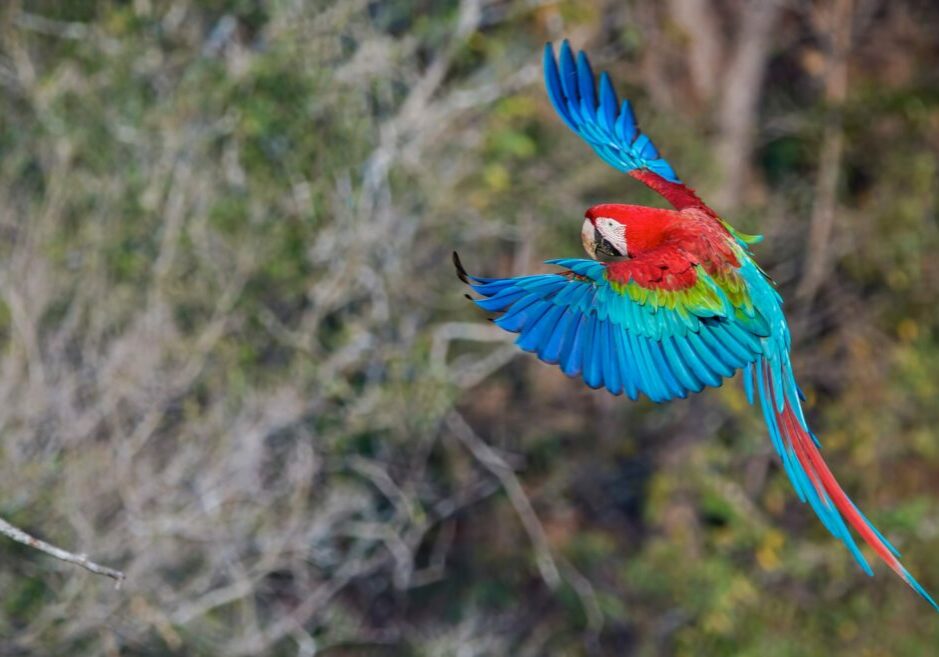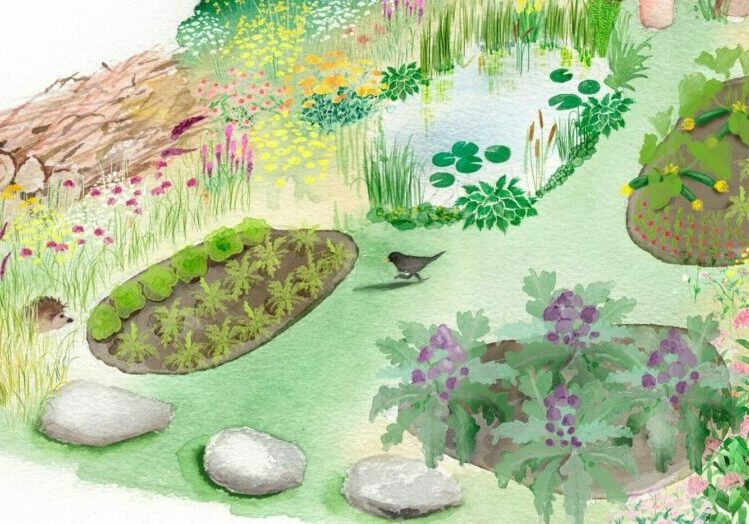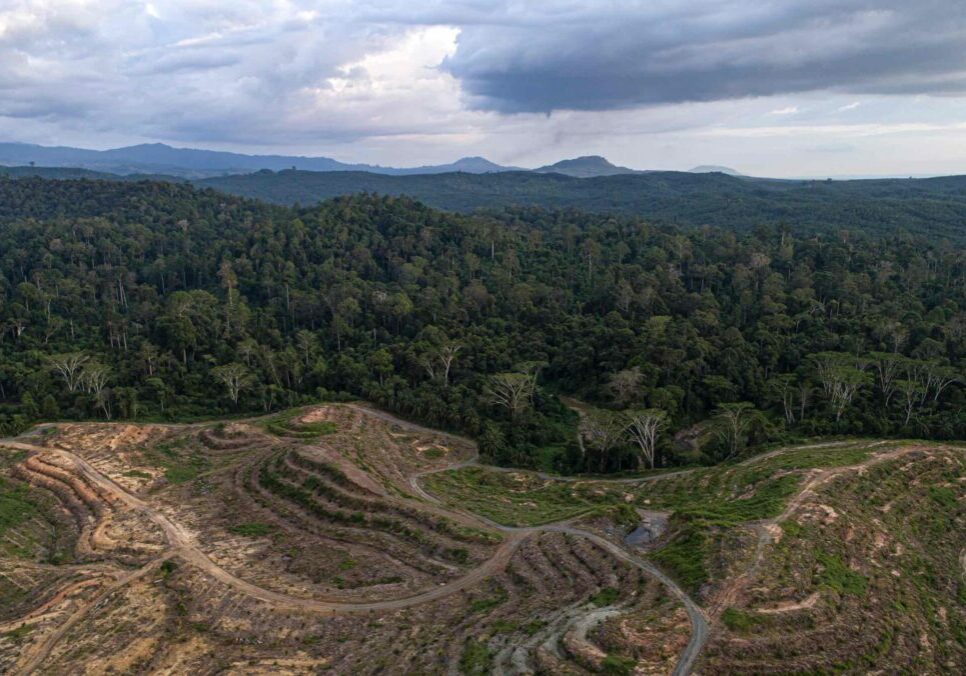In our increasingly urbanised world, many of us are disconnected from the ways our food is produced – and the consequences this has for our planet.
In this webinar, recorded just after the COP26 summit in 2021, you’ll discover innovative approaches to food production – and learn how your power and voice as a consumer can help to drive further change and ensure a sustainable future for food.
We were delighted to be joined by leading voices including professor of food policy Tim Lang; farmer and creator of Riverford Guy Singh-Watson; cook, writer and restaurateur Thomasina Miers; author of Eating To Extinction Dan Saladino; and food systems consultant Dr Afton Halloran.
Watch: How To Change The Future Of Our Food
From the conversion of the US and Canadian Great Plains into farmland to the millions of hectares lost to palm oil production in south-east Asia, the production of food is responsible for almost 60% of global biodiversity loss.
Conventional farming requires masses of space, huge inputs of water and feed, and is one of the major causes of deforestation, pollution and habitat destruction around the world.
Today, some farmers and businesses are developing more innovative and sustainable approaches to food production and responding to consumers’ desire to lower their footprint.
But we could still be taken in the wrong direction by trade deals, confusing labelling and the hidden costs of the food system.
The good news is that it’s possible to feed humanity and reduce the environmental impact of food systems.
More to explore

Appetite for destruction
The world’s forests are critical to the survival of our planet. Yet our food choices are driving them towards a tipping point. Find out how, together, we can keep these irreplaceable landscapes alive

